Thanks to minor but fascinating creatures, bees, the pollination process of most plants take place. Their life structure is surprising: the bee family is strictly organized, and all work in the hive is performed by female workers (female individuals). There are about 200,000 honey insects worldwide, and only 800 are public. It is more or less clear with bees, but what do beekeepers do?
A beekeeper is a person engaged in breeding and keeping bees. When we eat honey, we rarely think about the effort it took to get it.
Beekeeping is quite hard work and sometimes requires total dedication. You can learn this profession in an extraordinary secondary educational institution and a higher one.
If you are here, then you are curious about this topic. We will not delay and immediately tell you the ten most interesting facts about bees for beekeepers.
Here are the top 10 interesting facts about bees for beekeepers
1. To get 100 grams of honey, bees need to fly around 2 million flowers
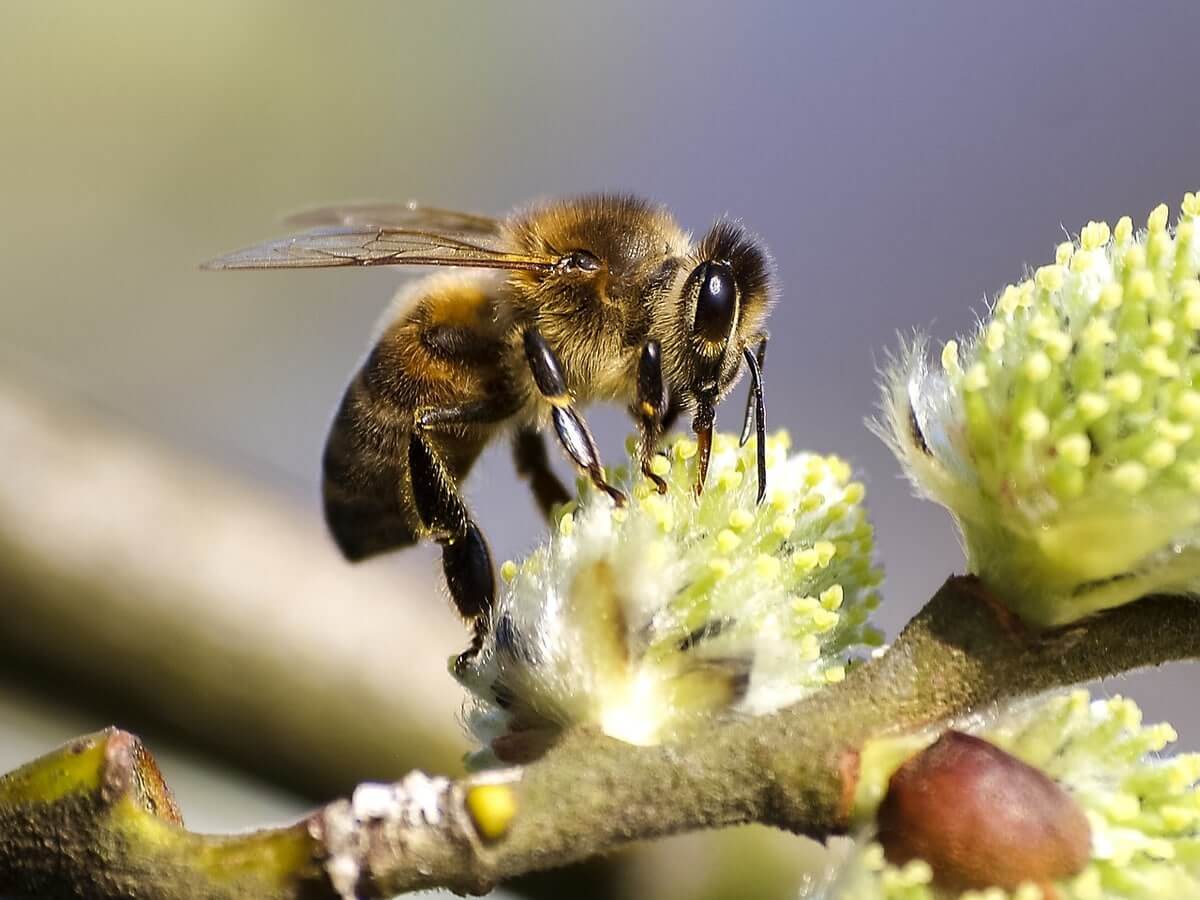
In its short life, one bee will not be able to collect so much nectar to get 100 grams of honey (during its life, it can collect no more than 5 grams). But if we are talking about the number of flowers in general, then to get 1 kg of honey, there is nectar from about 19 million flowers. Per 100 gr. It turns out 1.9 million flowers.
It is noteworthy that one bee visits up to several thousand flowers daily, landing on an average of 7,000.
2. A bee swarm collects about 50 kg of pollen per season
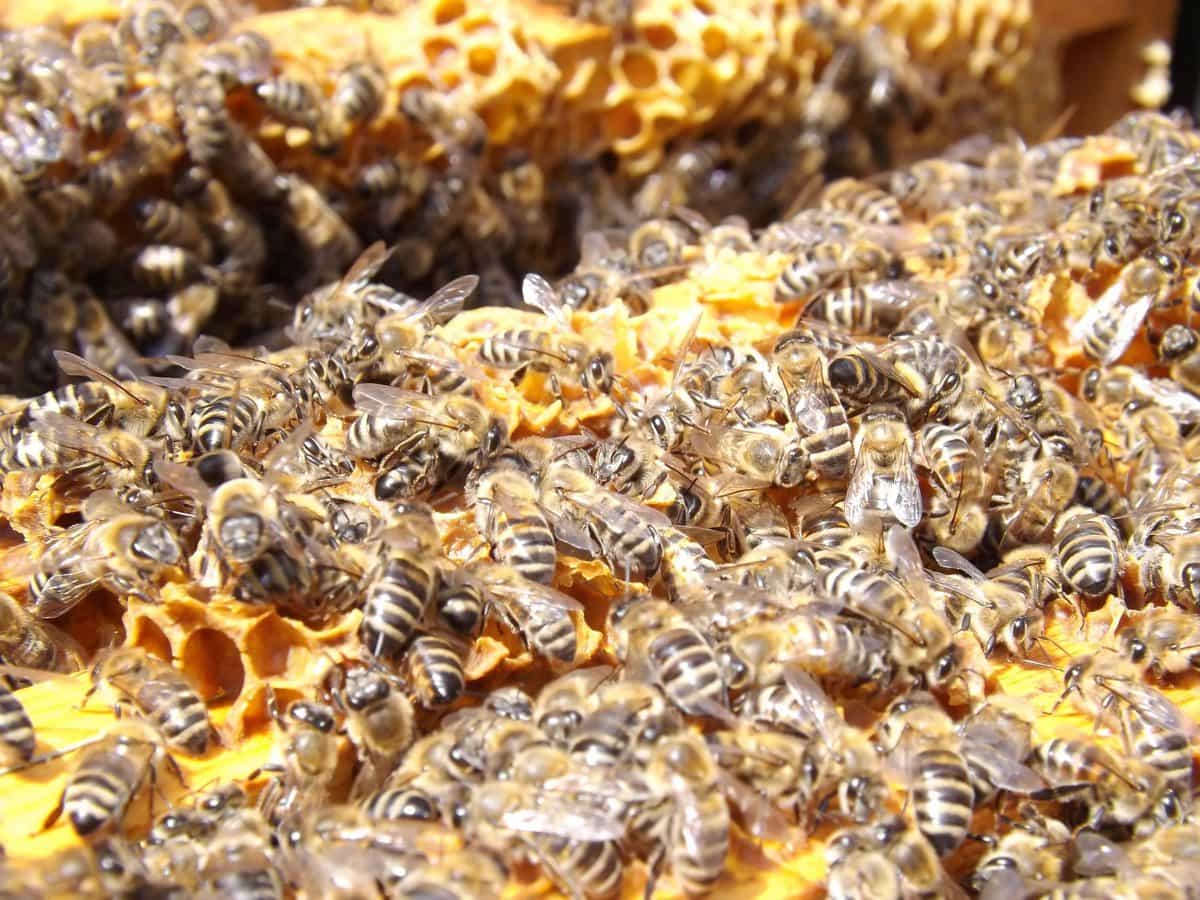
Expert (1942) estimated that a full-fledged family collects about 55 kg of pollen per year; according to Farrer (1978), a healthy and robust bee family collects about 57 kg of pollen per year, and S. Repisak’s research (1971) suggests that during one year these tiny and wonderful insects collect pollen up to 60 kg.
Interestingly, bees collect and transfer pollen on the surface of their bodies.
3. Richard the Lionheart used bees as a weapon

Bees have been used as weapons since ancient times. Currently, bees and other insects cannot be used as biological weapons.
Even the ancient Greeks, Romans, and other peoples used vessels with bees to hold back the onslaught of the enemy.
For example, soldiers from the army of Richard the Lionheart (English King – 1157-1199) threw vessels with swarms of bees into besieged fortresses. Even armor (known as metal) couldn’t save them from angry bees, and stung horses couldn’t be controlled.
4. Most of the country collects honey in Siberia
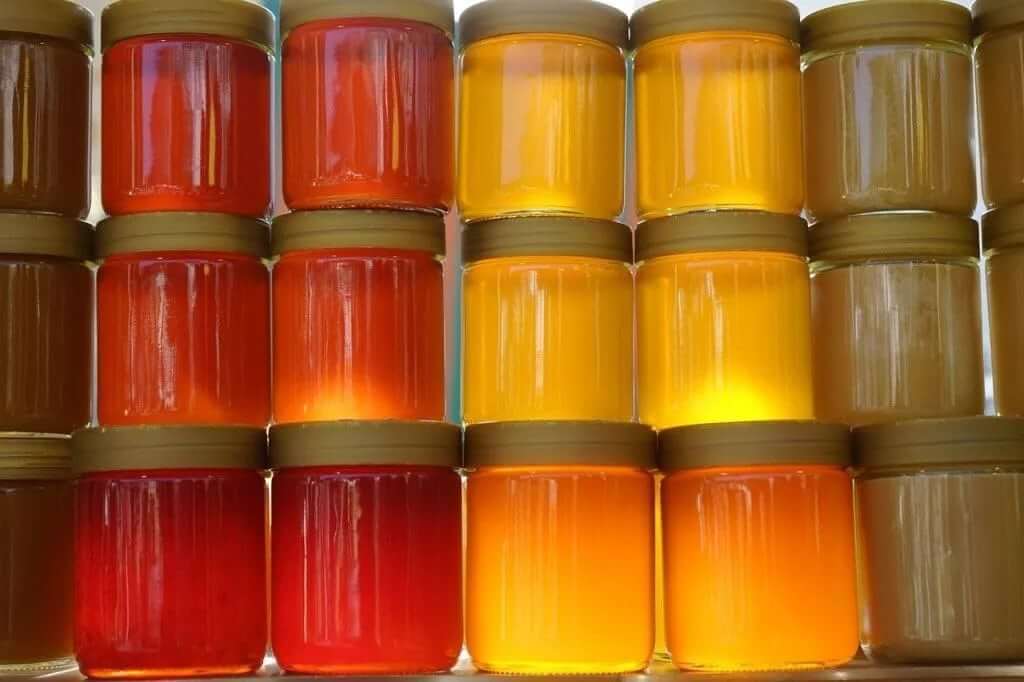
To the question: “Where is the best honey produced?” experts will answer that Siberia is the virgin honey of Russia. Today, beekeeping is well developed even in northern Siberia, not to mention areas with a warmer climate.
Beekeepers are constantly developing new methods, thanks to which they get more honey and, I must say, excellent quality. Siberian, Altai, and Bashkir honey are recognized as the best in the world – the products collected in these regions are rich in medicinal composition and meet quality standards.
When the weather does not interfere in Siberia, the honey conveyor operates without interruption, and the bees work all season tirelessly.
5. Worker bees have different life spans
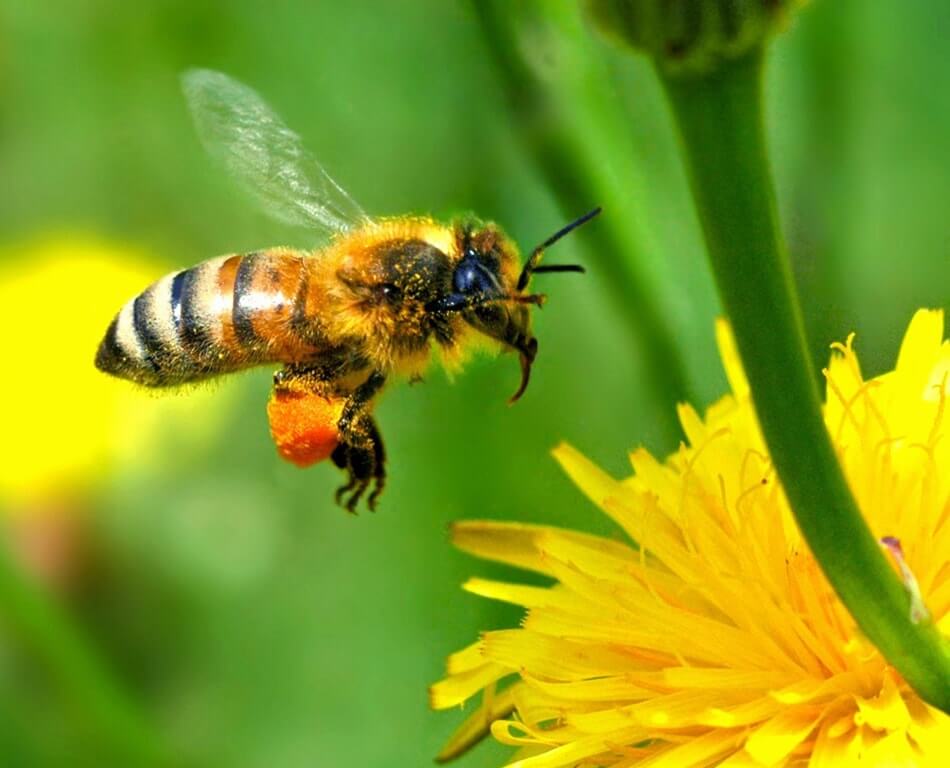
A bee is an insect that has a short life span. It is impossible to say how long she lives because it depends on many factors.
For example, worker bees are female creatures, and due to their physiological characteristics, they cannot reproduce. The life span of such a bee is affected by many factors: nutrition, climatic conditions (including during winter), etc. If an individual was born in the summer, they might live 30 days. If in the fall – up to six months, spring lives about 35 days.
6. In ancient Egypt, honey was used for embalming

And not only in Egypt. Honey was used for embalming corpses in Assyria and ancient Greece. The process of embalming was quite creepy: first, the Egyptians removed the brain from the human corpse, removing it with an iron hook through the nose, followed by pouring liquid oil, which solidified there.
The fir tree consisted of beeswax, various vegetable oils, and wood resin (the resin of coniferous trees was imported from Palestine). This process did not end there – it included cleansing the body of other organs. After 40-50 days (when the corpse dried up), the body was rubbed with oil – the composition was the same as that used for pouring into the skull.
7. The Egyptians were the first beekeepers
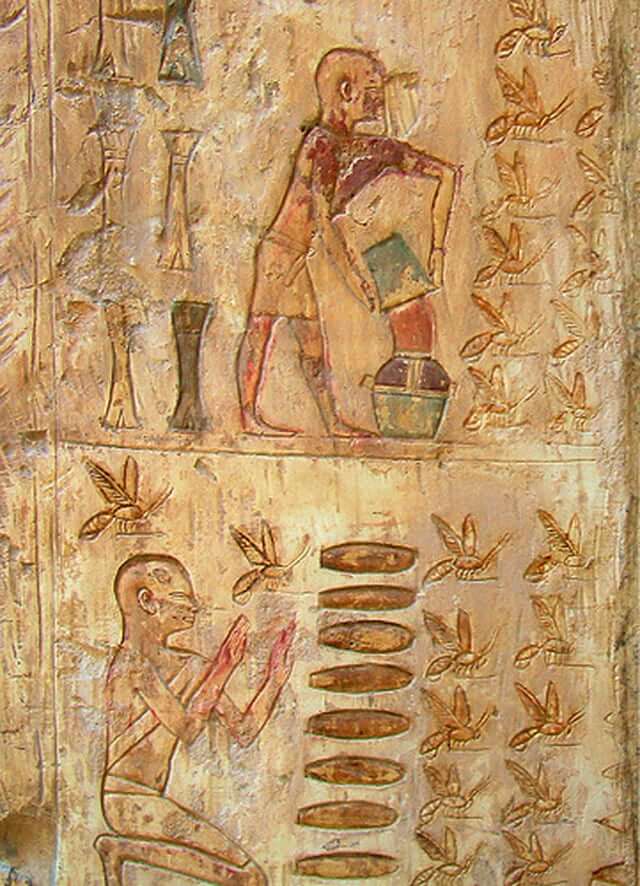
It was with the Egyptians that the domestication of winged workers began. The ancient Egyptians especially treated bees – they believed that the sun god Ra’s tears at the world’s creation turned into these insects. After that, the bees began to bring good luck and honey and wax to their creator, a man who raised bees. Wax was used to make figurines of various pharaohs and gods, using them as Voodoo dolls.
The Egyptians believed that you could influence the gods and people through them. Interestingly, the bee became a symbol of the Egyptian goddess Maat, who personifies the Law of Universal Harmony. People believed that if you lived according to the laws of the goddess, you could find eternal life.
According to archaeological excavations, beekeeping originated in ancient Egypt 6000 years ago.
8. Bees lift and carry 40 times their weight
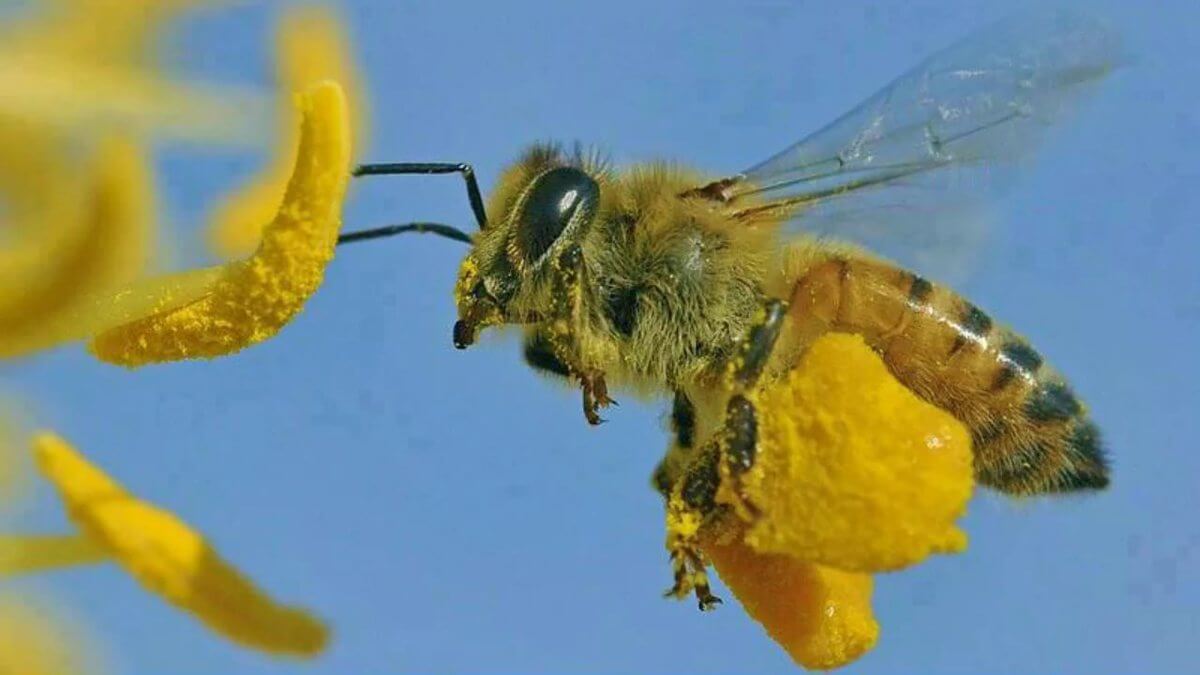
It’s hard to believe these tiny creatures can carry 40 times their weight! The insect is only 12-14 mm long and 5-6 in height. Its weight is (if measured on an empty stomach) about 1/10 gram.
Sometimes these beautiful creatures, bees, have to lift even more weight into the air: flying out of the hive with the corpse of a drone, the bee carries twice as much as it weighs itself.
The speed of flight of bees depends on the load with which they fly, on the strength of the wind, and many other reasons. Interestingly, ants also can carry 40 times more weight than their own.
9. Seal bee hive for the winter
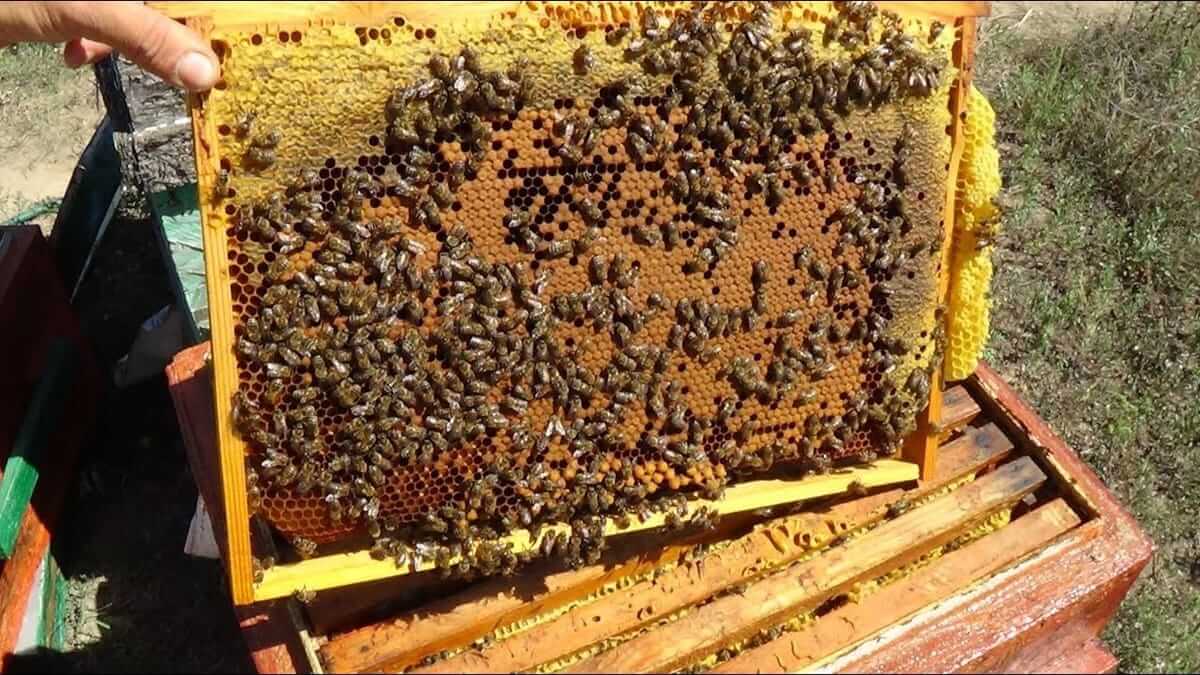
From the name of the item, you might think that the bees themselves are somehow sealed, but this is a bit different. For bees to be healthy and strong and live for a long time, the beekeeper must take care of their excellent wintering.
Unfortunately, many insects do not survive the winter, so their hives are insulated. Wintering begins after collecting honey insects are “sealed” inside the hive. There they form dense tubers and, thanks to the heat, heat each other.
Bees become more active at low temperatures, so more food is consumed. It is these factors that make it necessary to take care of the insulation of the hive.
10. Bee will always find its way home
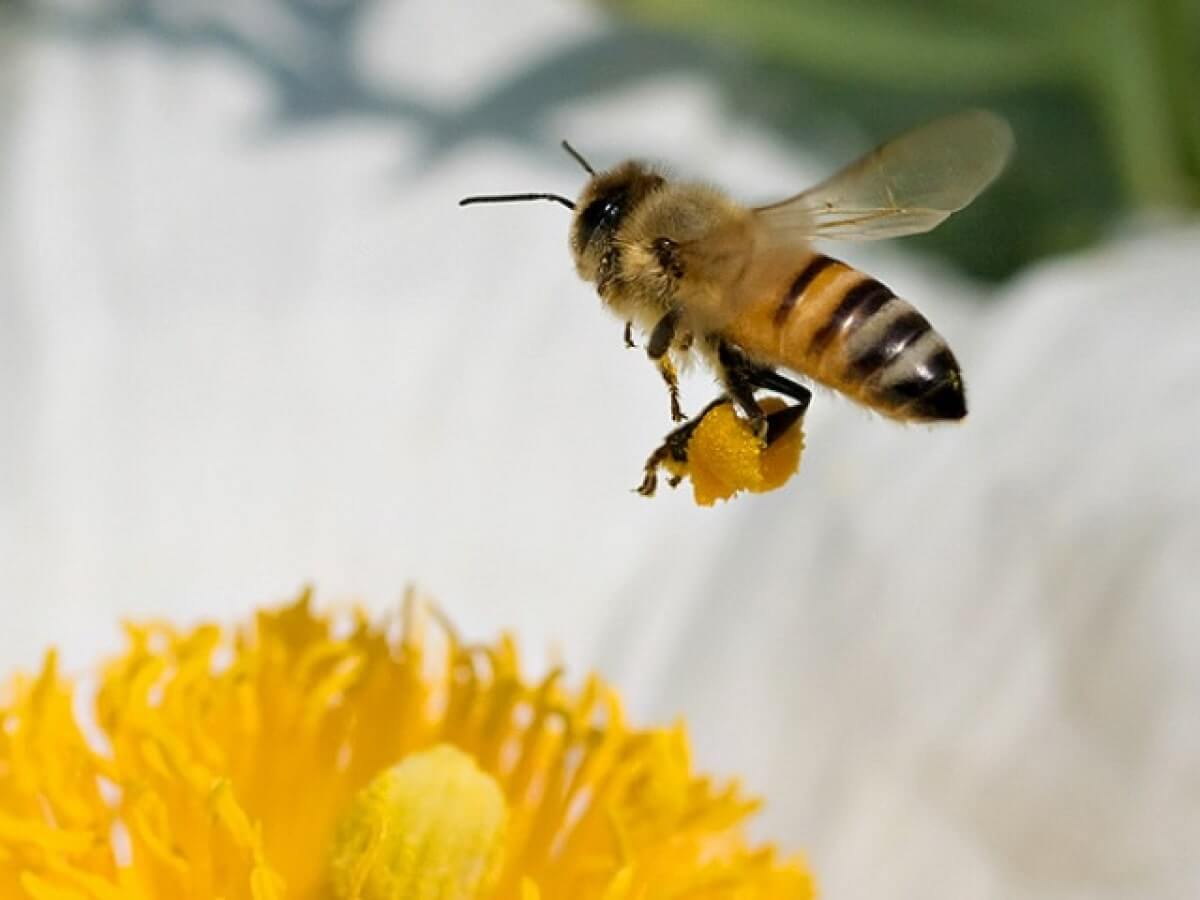
The answer to the question: “How do bees find their way home?” is straightforward, even though bees are unique and unusual creatures. When they fly home, they are guided by the polarization of light in the sky, the position of the Sun, and the surrounding landscape.
In addition, for several days, they remember the way to their hive. The bee will still find its way home if the weather is overcast and visibility is poor.
Interesting fact: it is believed that the older the bee is – the greater the distance it can fly away and remember the way to its hive.
